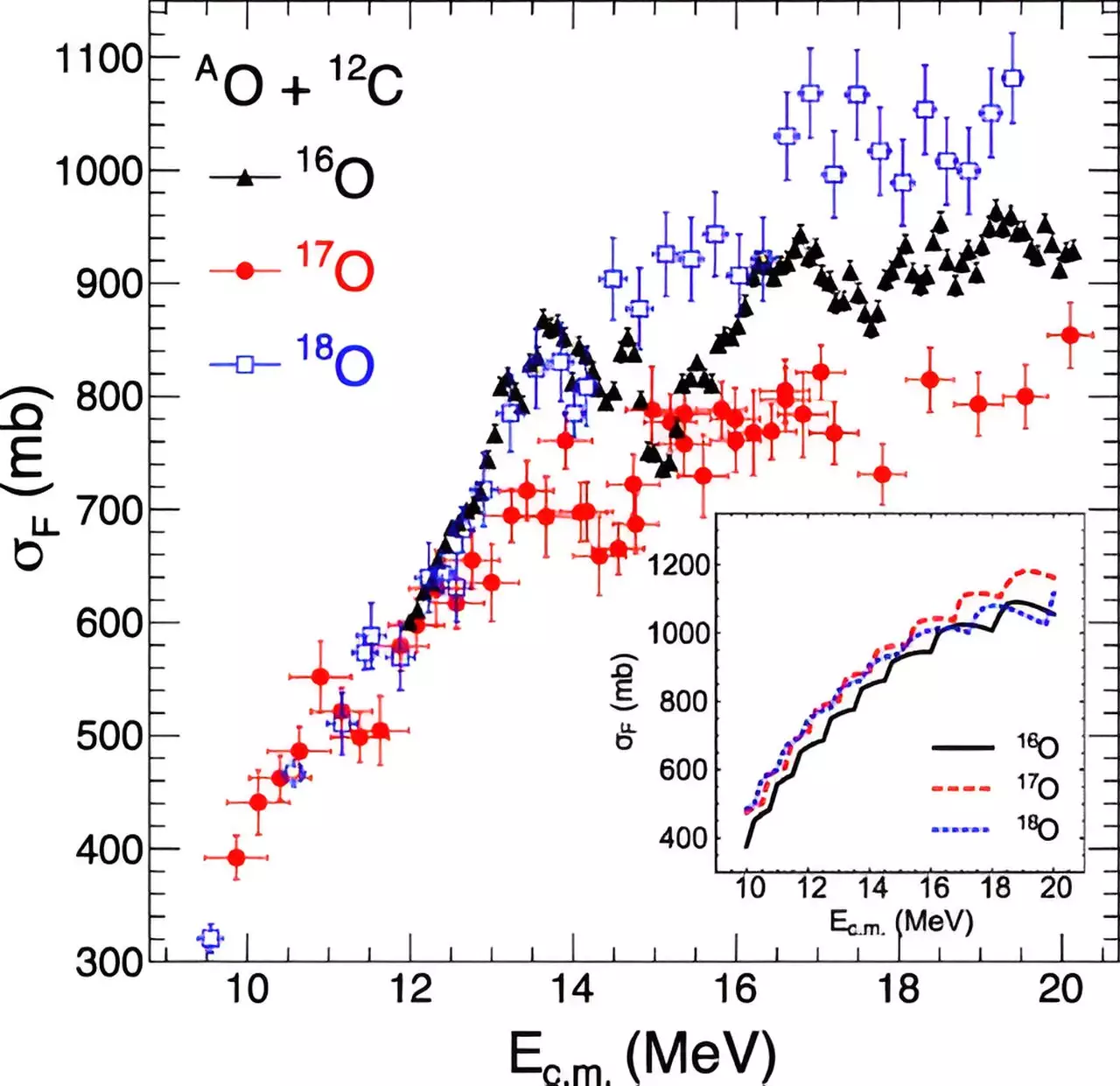The fusion of two nuclei is a highly complex process influenced by a multitude of factors. Beyond just the relative energy and angular momentum of the nuclei, the evolution of their structures as they collide plays a crucial role. The quantum nature of the nuclei also significantly impacts the outcome of the collisions. To address these complexities, researchers have turned to direct simulations of how the nuclei evolve during the collision, despite the substantial computational effort required.
In a recent study published in the journal Physical Review C, scientists conducted the most comprehensive computation to-date of fusion reaction processes. Utilizing supercomputing facilities, thousands of time-dependent simulations were performed to gain a deeper understanding of the fusion process. This research is vital not only for advancing basic scientific knowledge but also for exploring the potential of nuclear fusion as a carbon-free power source.
While the study provided an improved description of fusion by directly simulating the reaction process, disparities between the simulation results and experimental fusion probabilities were noted. These differences point to phenomena that current theories are unable to explain. Scientists anticipate that such phenomena will be more prominent in reactions involving short-lived rare isotopes at next-generation radioactive beam facilities.
One of the key findings of the study was the discovery of a non-smooth, oscillatory behavior in the high-resolution experimental data regarding the fusion probability of oxygen isotopes with carbon nuclei at varying collision energies. This unexpected behavior highlights the intricate nature of nuclear fusion and underscores the need for advanced theoretical methods, high-performance computing, and precise experimental measurements.
By integrating these sophisticated tools, researchers were able to develop an improved model of nuclear collisions, offering a clearer understanding of the complexities at play in fusion processes. Analyzing the current disparities between experimental results and theoretical predictions will provide valuable insights into unexplored factors influencing fusion. As research on reactions involving short-lived, rare isotopes continues to expand, facilities like the Facility for Rare Isotope Beams at Michigan State University will play a pivotal role in advancing our knowledge of nuclear fusion.


Leave a Reply